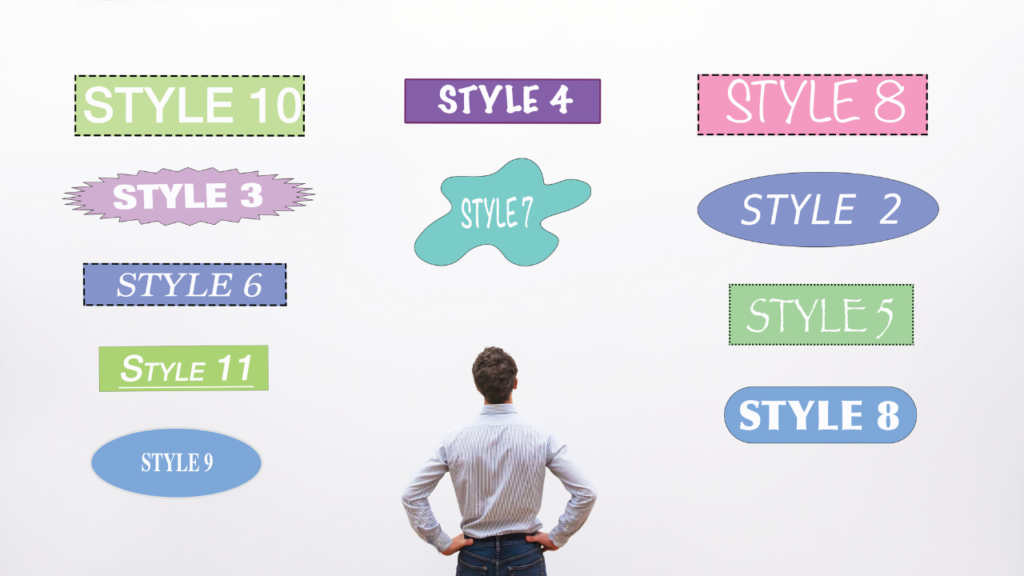Introduction:
Fonts play a pivotal role in web and application design. They convey personality, readability, and aesthetics, all of which greatly influence user experience. Choosing the right font is a critical decision for developers and designers. In this in-depth guide, we’ll explore the art and science of font selection, helping you make informed choices that enhance your projects.
The Importance of Font Selection:
Fonts are not just letters; they are design elements that communicate your project’s tone, style, and message. Here’s why font selection matters:
- Readability: The primary purpose of text is to be read. A well-chosen font enhances readability, making content more accessible.
- Branding: Fonts contribute to branding. They can help your project stand out and convey a unique identity.
- Aesthetics: Fonts affect the visual appeal of your project. The right font can make your design more visually pleasing.
- Emotion: Different fonts evoke different emotions. A playful font can convey a sense of fun, while a formal font implies professionalism.
Steps to Picking the Perfect Font:
- Understand the Project:Begin by understanding the project’s goals and target audience. Is it a formal business website, a creative portfolio, or a fun mobile app? The context informs your font choices.
- Consider Readability:Prioritize readability. For body text, choose fonts that are easy on the eyes. Save decorative fonts for headlines and logos.
- Font Categories:Fonts can be categorized as serif, sans-serif, script, display, and more. Each category has its own characteristics. Serif fonts, for example, have small lines at the end of strokes, conveying a classic, elegant feel. Sans-serif fonts are clean and modern.
- Pair Fonts Thoughtfully:In most projects, you’ll use more than one font. Pair fonts that complement each other. A common practice is to pair a serif with a sans-serif font for contrast.
- Consider Web Safe Fonts:If your project will be viewed on different devices and browsers, consider web-safe fonts (e.g., Arial, Times New Roman, and Verdana) to ensure consistency.
- Test Fonts:Typography can look different on various screens. Test your font choices on different devices to ensure they appear as intended.
Tools for Font Selection:
- Google Fonts: Google Fonts offers a vast library of web fonts that are easy to integrate into your projects.
- Typekit by Adobe: Typekit provides access to a wide range of high-quality fonts suitable for web and print.
- Font Squirrel: Font Squirrel offers a collection of fonts that are free for commercial use and can be downloaded for local hosting.
- Font Pairing Tools: Tools like Fontjoy and Typ.io suggest font pairings based on your preferences.
- Typography Books: Consider reading books like “The Elements of Typographic Style” by Robert Bringhurst for a deeper understanding of typography.
Font Licensing:
Be mindful of font licensing. Some fonts are free for personal use but require a license for commercial projects. Ensure you adhere to licensing terms to avoid legal issues.
Accessibility Considerations:
Accessibility is crucial. Ensure that the fonts you choose meet accessibility standards, including good contrast ratios for text and background colors.
Conclusion:
Font selection is a blend of art and science. It requires an understanding of design principles, user experience, and branding. By following a structured approach, considering readability, and using the right tools, developers can make informed font choices that elevate their projects.
Remember that fonts are a part of the larger design ecosystem, working in harmony with colors, layouts, and imagery. Thoughtful font selection, combined with a keen eye for design, contributes to creating engaging, memorable, and user-friendly experiences across web and application development projects.

